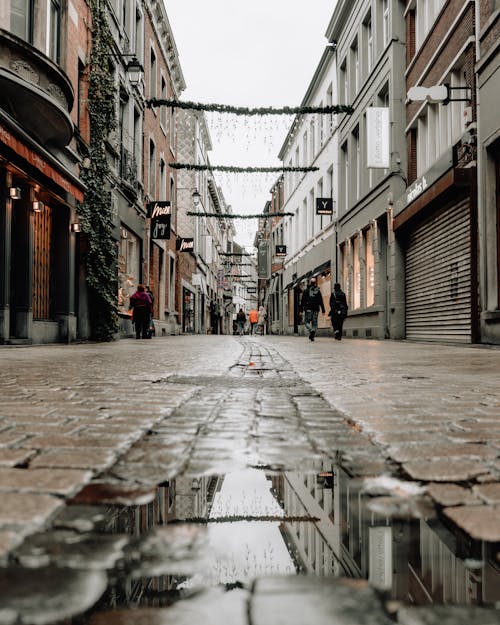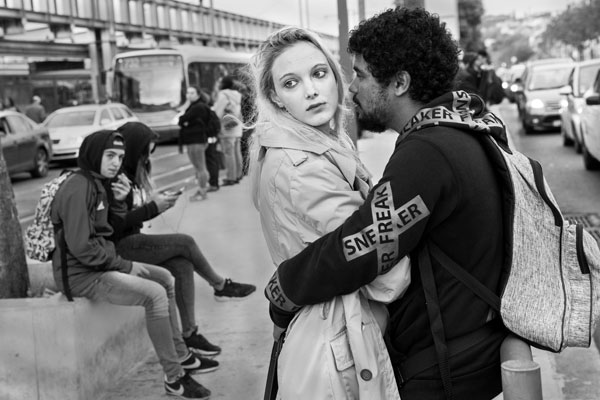Getting The Framing Streets To Work
Table of ContentsThe Single Strategy To Use For Framing StreetsNot known Details About Framing Streets The smart Trick of Framing Streets That Nobody is DiscussingExcitement About Framing Streets6 Simple Techniques For Framing StreetsThe Of Framing Streets
, normally with the goal of catching images at a crucial or touching minute by cautious framework and timing. https://www.avitop.com/cs/members/framingstreets1.aspx.
5 Simple Techniques For Framing Streets
Susan Sontag, 1977 Street photography can concentrate on people and their actions in public. In this respect, the road photographer resembles social docudrama professional photographers or photographers that also operate in public locations, yet with the goal of recording relevant events. Any one of these digital photographers' photos might record individuals and building visible within or from public places, which frequently requires browsing ethical issues and legislations of personal privacy, safety, and residential or commercial property.
Representations of daily public life develop a genre in virtually every duration of world art, beginning in the pre-historic, Sumerian, Egyptian and early Buddhist art periods. Art taking care of the life of the street, whether within sights of cityscapes, or as the leading theme, shows up in the West in the canon of the Northern Renaissance, Baroque, Rococo, of Romanticism, Realistic look, Impressionism and Post-Impressionism.
Fascination About Framing Streets
Louis Daguerre: "Blvd du Holy place" (1838 or 1839) In 1838 or 1839 the initial picture of figures in the road was taped by Louis-Jacques-Mand Daguerre in one of a pair of daguerreotype sights drawn from his workshop window of the Blvd du Temple in Paris. The 2nd, made at the height of the day, shows an unpopulated stretch of street, while the other was taken at concerning 8:00 am, and as Beaumont Newhall reports, "The Blvd, so frequently full of a moving crowd of pedestrians and carriages was perfectly singular, except a person that was having his boots cleaned.
His boots and legs were well defined, however he is without body or head, since these were in movement." Charles Ngre, waterseller Charles Ngre. https://gravatar.com/davidturley33101 was the initial photographer to obtain the technical sophistication needed to sign up individuals in activity on the street in Paris in 1851. Photographer John Thomson, a Scotsman dealing with journalist and social activist Adolphe Smith, released Road Life in London in twelve monthly installations beginning in February 1877
Framing Streets Can Be Fun For Everyone
Eugene Atget is pertained to as a progenitor, not because he was the initial of his kind, but as an outcome of the popularisation in the late 1920s of his document of Parisian streets by Berenice Abbott, that was motivated to embark on a similar paperwork of New york city City. [] As the city created, Atget aided to promote Parisian roads as a deserving subject for digital photography.

The smart Trick of Framing Streets That Nobody is Talking About
Martin is the very first taped digital photographer to do so in London with a disguised electronic camera. Mass-Observation was a social research organisation established in 1937 which intended to record daily life in Britain and to videotape the reactions of the 'man-in-the-street' to King Edward VIII's abdication in 1936 to marry divorce Wallis Simpson, and the succession of George VI. The chief Mass-Observationists were anthropologist Tom Harrisson in Bolton and poet Charles Madge in London, and their initial report was generated as the publication "May the Twelfth: Mass-Observation Day-Surveys 1937 by over two hundred onlookers" [] Window cleaner at Kottbusser Tor, Berlin, by Elsa Thiemann c. 1946 The post-war French Humanist Institution digital photographers discovered their topics on the road or in the diner. In between 1946 and 1957 Le Groupe des XV yearly displayed job of this kind. Andre Kertesz. Circus, Budapest, 19 May 1920 Street photography created the significant material of two exhibitions at the Museum of Modern Art (Mo, MA) in New York curated by Edward Steichen, Five French Photographers: Brassai; Cartier-Bresson, Doisneau, Ronis, Izis in 1951 to 1952, and Post-war European Digital Photography in 1953, which exported the idea of street digital photography worldwide.

The Only Guide for Framing Streets
The recording maker was 'a covert electronic camera', a 35 mm Contax concealed beneath his layer, that was 'strapped to this article the breast and connected to a lengthy wire strung down the ideal sleeve'. His job had little modern impact as due to Evans' level of sensitivities about the creativity of his project and the personal privacy of his subjects, it was not released until 1966, in the publication Numerous Are Called, with an intro created by James Agee in 1940.
Helen Levitt, then an educator of little ones, connected with Evans in 193839. She recorded the transitory chalk drawings - vivian maier that became part of youngsters's street society in New york city at the time, in addition to the kids that made them. In July 1939, Mo, MA's new photography area included Levitt's job in its inaugural exhibitionRobert Frank's 1958 publication,, was significant; raw and typically out of focus, Frank's photos questioned conventional digital photography of the time, "challenged all the official rules set by Henri Cartier-Bresson and Walker Evans" and "contradicted the wholesome pictorialism and heartfelt photojournalism of American publications like LIFE and Time".